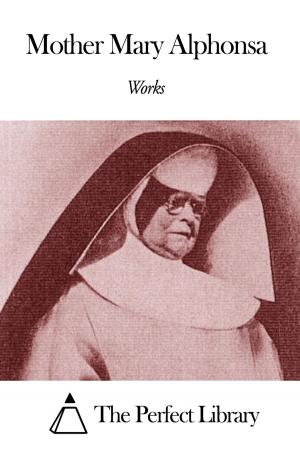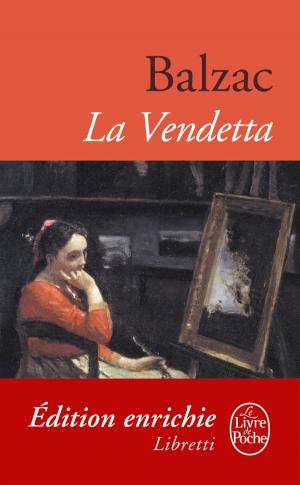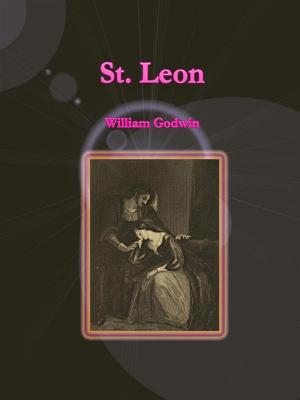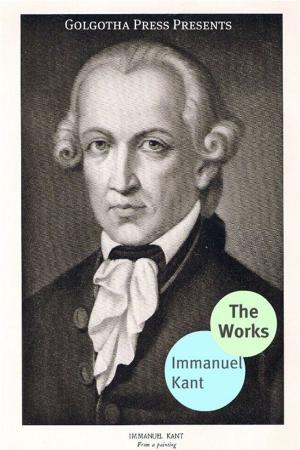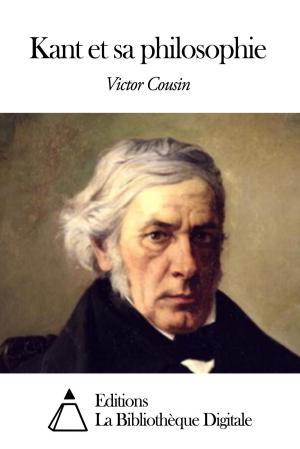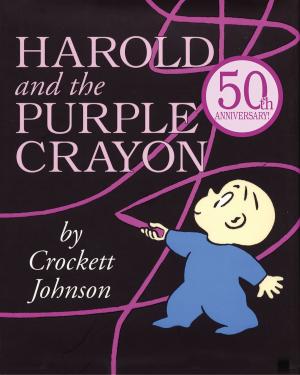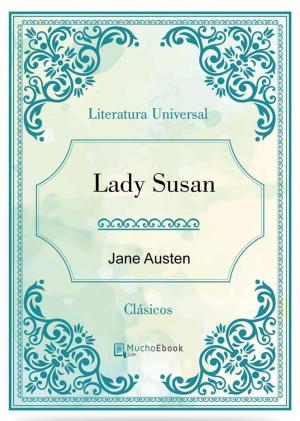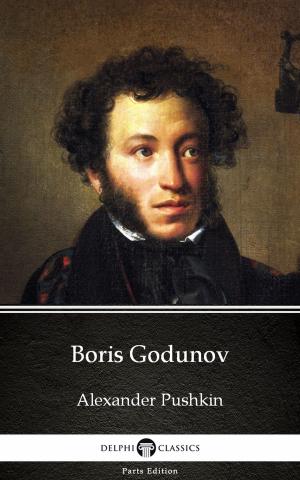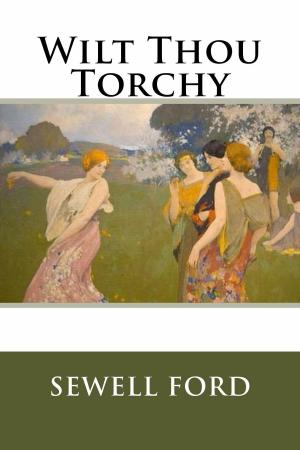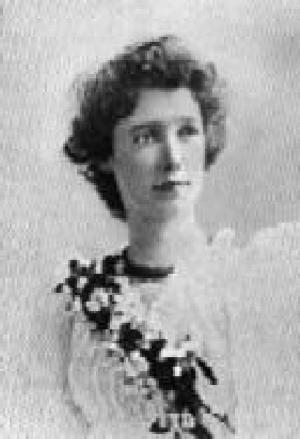| Author: | Gayle Millbank | ISBN: | 9780973142181 |
| Publisher: | Gayle Millbank | Publication: | January 18, 2012 |
| Imprint: | Smashwords Edition | Language: | English |
| Author: | Gayle Millbank |
| ISBN: | 9780973142181 |
| Publisher: | Gayle Millbank |
| Publication: | January 18, 2012 |
| Imprint: | Smashwords Edition |
| Language: | English |
How could one man be so versatile? So competent? So productive? A true Renaissance Man. Read this Journal and see what the author says Michelangelo was thinking as he led this super-human life.
In 1508 when Michelangelo was thirty-three he resumed his journal and maintained it until a few months before his death. At the first recording he was distressed as Julius II was demanding he paint the ceiling of the Sistine chapel. Michelangelo resisted starting as he hated painting and wondered if he was being set up for failure by Raphael and others. But he was forced into doing the fresco and was miserable and poor right through to 1512 when he quit after a particularly vicious attack by Julius.
The next eight years finds him in Firenze happily chipping at the marbles for the Medici Tomb. After that he is mainly in Rome: '25 sees a new design for the Julius Tomb, '26 sees him back in beloved Firenze working on the Medici Tomb and then in '27 designing fortifications for Firenze which were ignored. By 1536 he felt rich and was finally working with popes he liked, spending the next four years on the Last Judgement, then shifting to the Julius Tomb and planning St Peter's Bascillica.
Michelangelo died before his 89th birthday. Until his last few months before he died he rode out each morning on his pony to inspect the progress on St. Peter's.
Through the Rome years he made good friends such as Urbino - his servant, Vittoria - who he described as a god or man in a woman's body, Tommaso -a beautiful Roman who inspired Michelangelo and helped up to and following his death. Those years also were filled with depressing losses through deaths -of many popes, most of the Medici family, many friends, and his father and brothers, until only nephew Lionardo was left to inherit his worldly possessions.
How could one man be so versatile? So competent? So productive? A true Renaissance Man. Read this Journal and see what the author says Michelangelo was thinking as he led this super-human life.
In 1508 when Michelangelo was thirty-three he resumed his journal and maintained it until a few months before his death. At the first recording he was distressed as Julius II was demanding he paint the ceiling of the Sistine chapel. Michelangelo resisted starting as he hated painting and wondered if he was being set up for failure by Raphael and others. But he was forced into doing the fresco and was miserable and poor right through to 1512 when he quit after a particularly vicious attack by Julius.
The next eight years finds him in Firenze happily chipping at the marbles for the Medici Tomb. After that he is mainly in Rome: '25 sees a new design for the Julius Tomb, '26 sees him back in beloved Firenze working on the Medici Tomb and then in '27 designing fortifications for Firenze which were ignored. By 1536 he felt rich and was finally working with popes he liked, spending the next four years on the Last Judgement, then shifting to the Julius Tomb and planning St Peter's Bascillica.
Michelangelo died before his 89th birthday. Until his last few months before he died he rode out each morning on his pony to inspect the progress on St. Peter's.
Through the Rome years he made good friends such as Urbino - his servant, Vittoria - who he described as a god or man in a woman's body, Tommaso -a beautiful Roman who inspired Michelangelo and helped up to and following his death. Those years also were filled with depressing losses through deaths -of many popes, most of the Medici family, many friends, and his father and brothers, until only nephew Lionardo was left to inherit his worldly possessions.




